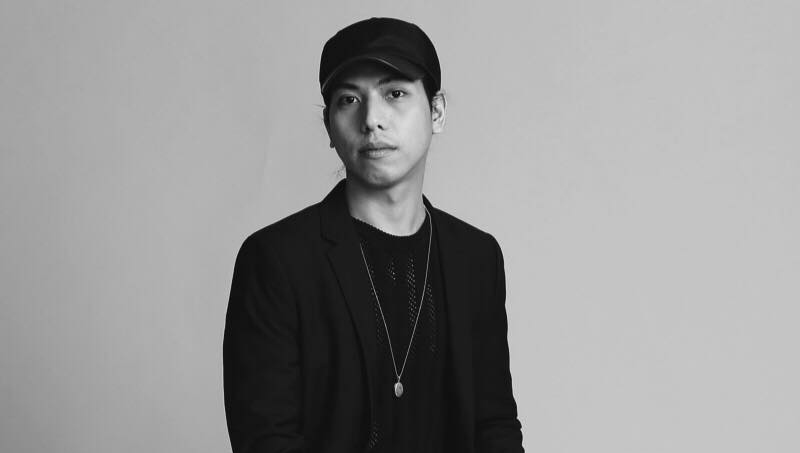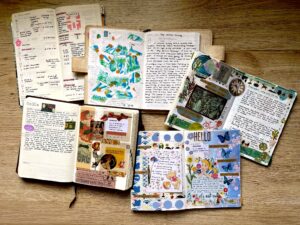The Design Journey of Jerome Lorico
Words by Spike Acosta
For the first 47 years since its inception, the prestigious Japan Fashion Design Contest has always had a Japanese winner. However, in its 48th year in 2010, a humble young man from Bicol became the first ever foreigner to win the competition.
“The Japan Foundation was very much involved and very helpful in order for me to be able to go there to Tokyo.” We sat down with now renowned fashion designer Jerome Lorico, winner of the Grand Prize of the 48th Japan Fashion Design Contest in 2010, to discuss his adventures in Tokyo, his work with Philippine paralympians, and the role of the Japan Foundation, Manila (JFM) in his journey as a designer.
2008
“I actually joined the fashion competition in Japan twice.” Jerome recalls his first time joining the competition in 2008. “The first time I was able to join, it was only me out of the ten (local) finalists who won here in the Philippines who was able to go to Japan. It was only my entry that was chosen to pass. Since it was my first time, it was still difficult for me to navigate on how to go about the process.” Having only started designing in 2007, he already became the lone representative of the country in the competition. Being an emerging designer at that time presented many challenges. One of which was finding the means to travel to Japan. He asked help from different organizations as well as approaching the local governing body of fashion. Unfortunately, he found the endeavor fruitless. However, it was a friendly suggestion that served as a breakthrough “It was the Fashion Design Council of the Philippines who recommended me to approach The Japan Foundation. So I had a meeting with them and fortunately they didn’t hesitate to help me. They paved the way in order for me to join the competition in Tokyo.”
His first foray into a massive international contest did not faze the young designer. Against the odds, and against the other competitors from all around the world, Jerome won the special Jury Prize Award that year. This sparked a fire in him and it inspired him to push further, aiming for the Grand Prize the next time he joins. “When I won the Jury Prize Award I was very happy, but at the same time I was challenged. So I promised myself that I will go back there and I’m going to try to win the highest award.”
Jerome then explained his mindset and what precisely he needed to overcome the challenge he was facing. “Just to give you an idea on how difficult it is: It’s an international competition. Every year there are thousands of designers from around the world who join the competition, and I’m not even kidding. The finalists who get to go to Tokyo are rigidly chosen, and they are mostly from fashion institutions from around the world. So you’ll have people from Russia, London, Hong Kong, the United States, everywhere. You can’t predict who goes in. From thousands of finalists they only choose around 120.”
Instead of being overwhelmed by the pressure, he used his experience in Tokyo to grow and adapt as a designer. “I learned a lot during the first competition. When I was there, I met other people and other designers. I was already very observant. I was looking at all of the entries and how they appreciate art and fashion. I was enlightened on the kind of craftsmanship, quality, and design that they were looking for.”
It was an eye opening experience for him as he realized the difference between designing for oneself and designing in a competition. “The first time that I joined it was all about my aesthetic, my own ideas. When I got there I realized that in order for you to improve yourself you have to open up to the myriad of different influences and inspiration.”
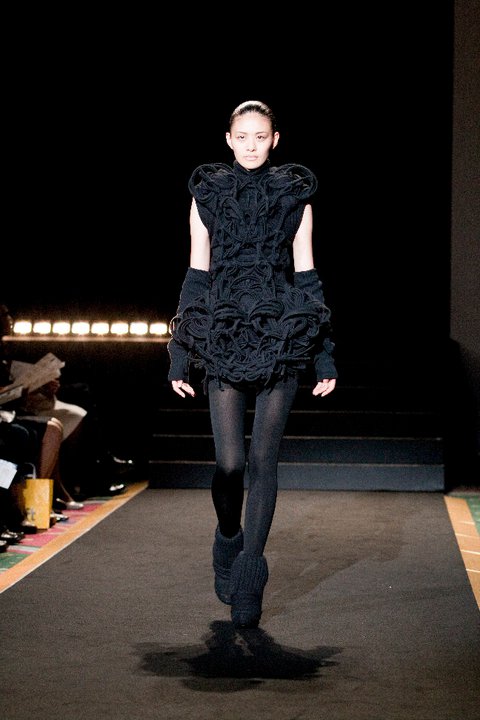
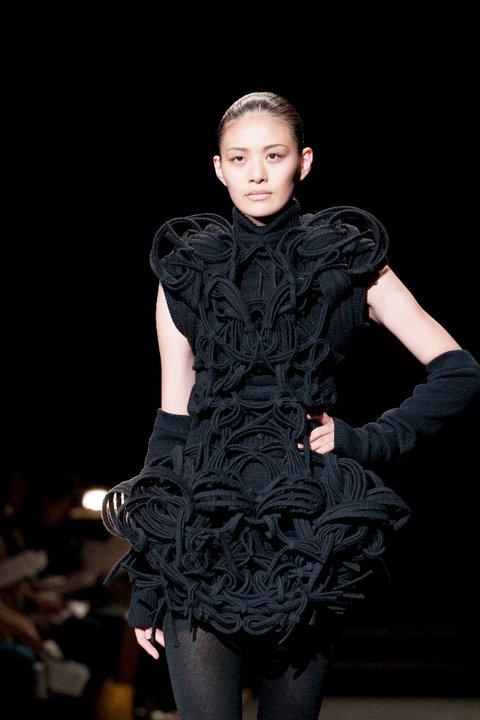
2010
With all his experience in 2008, Jerome took a different approach as he was once again chosen to compete in 2010, along with two more Filipino designers. Now armed with a broader perspective, Jerome was now focused on the Grand Prize, with familiar friends supporting his pursuit. “I decided again to ask for the help of the Japan Foundation, and fortunately they were very generous. They didn’t think twice about helping me. When I was there they really took care of me just like the first time.”
Jerome continued his story by stating what has changed in his approach to the competition, and where he was mentally. “I was pretty confident with my entry, and one of the ways you can tell is that you don’t really get distracted with the other things around you. I was really just focused on what I’m doing. In the first competition I was so curious about what was happening with the other designers. I would look at everything. This time I didn’t look at anything at all.”
With this renewed focus and confidence in his own work, the competition started brightly for Jerome. He won two sponsor awards, first from the Japan Cotton Industry Association, the other from the Japanese apparel company Onward. Although Jerome was already happy with his two sponsor awards, he thought that was the end of the line for him in the competition. At the end of the night, though, his name was called out again as part of the five finalists still in the running for the Grand Prize. “When they called out the third prize winner, I was surprised because that was my bet to win.” At this point, thoughts were racing through Jerome’s head and butterflies had taken over his stomach. Before the Grand Prize was to be revealed, he saw in one of the reflections one of the models putting clothes from the rack where his entry was hanging. Was it his clothes that the model was putting on? Will he finally win the Grand Prize?
“They were about to announce the Grand Prize winner, but they got the cue wrong. Instead of the usual way of calling the name and the country first, the model went out first. When I saw her I started crying and I lost all the feeling in my legs. The spotlight was on me but I couldn’t move. They needed to help me stand so I could accept the award.”
“The best part of the experience was when the main judge gave a speech. She said that talent has no nationality. It can come from anywhere in the world.” The words were from the night’s head judge Hanae Mori – Japan’s legendary fashion designer and pioneer.
“It’s a testament that anyone can do it,” Jerome says of his winning experience. “It can really happen if there is an opportunity. That journey pushed me and inspired me to keep on motivating other designers to join competitions.”
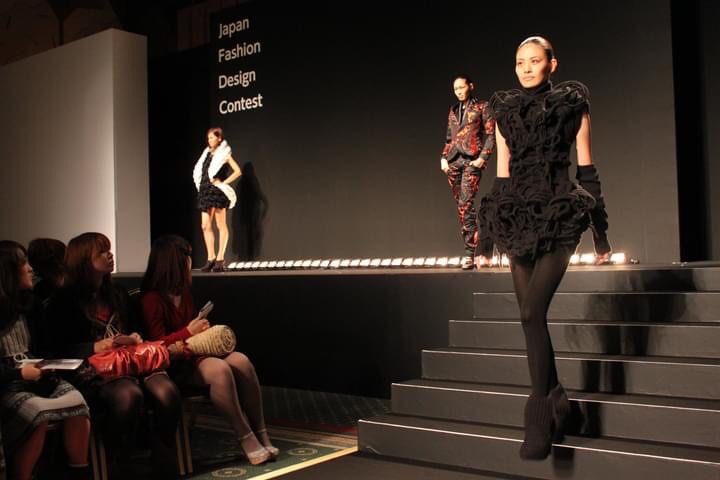
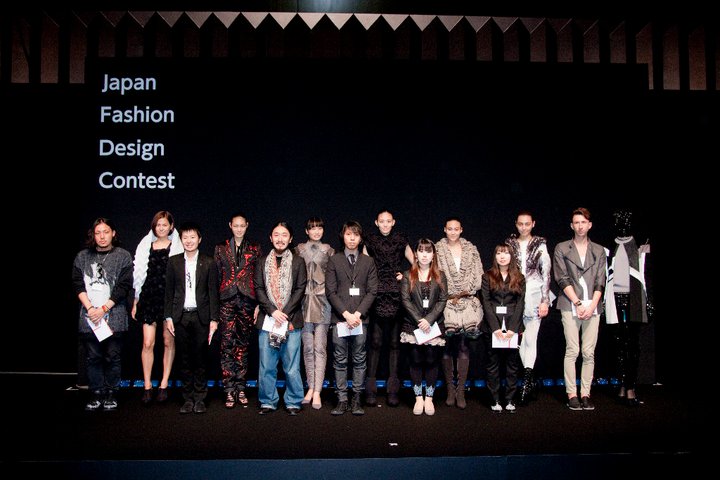
2021
Twelve years later, JFM was looking for a fashion designer to collaborate with for the project SULONG and the first name on the list was Jerome Lorico.
SULONG, which means moving forward in Filipino, is a fashion video project aimed at promoting inclusivity in society particularly for the differently abled. Inspired by the recently concluded Tokyo Olympics and Paralympics, SULONG presents a paradigm shift, showcasing not only the athletic prowess of Filipino Para-athletes, but also putting a spotlight on their “astig” or “coolness” not in spite of, but because of their conditions.
Jerome was tasked to make outfits for the para athletes, creating looks specific to their needs. This included designs for wheelchair racer and Philippine flag bearer Jerrold Mangliwan, javelin and discus thrower Jeanette Aceveda, and swimmer Gary Bejino. The clothes needed to have both function and style that accentuate their athletic capabilities and also their aura of “cool”.
“It moved me,” said Jerome, talking about working with the Filipino paralympians. In one of his interviews with CNN Philippines Life, Jerome reiterated the power of fashion in making a statement of inclusivity. “Inclusivity in fashion no matter your sexual identity, size, shape, or body features is just one of the many issues that we can address right now by using design as a sort of an amplifier.”
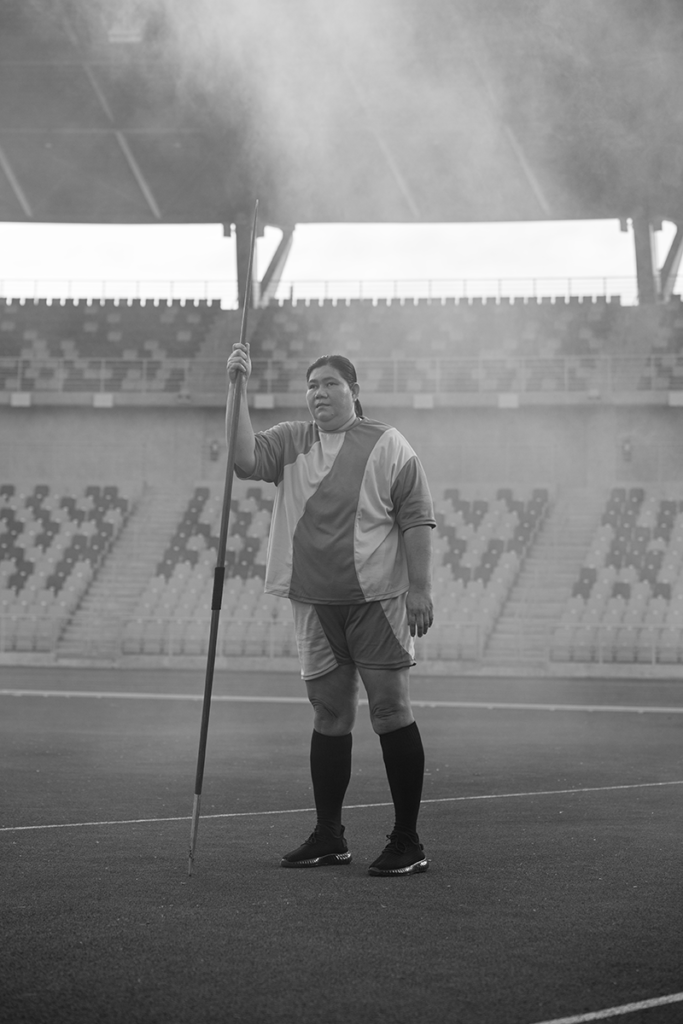
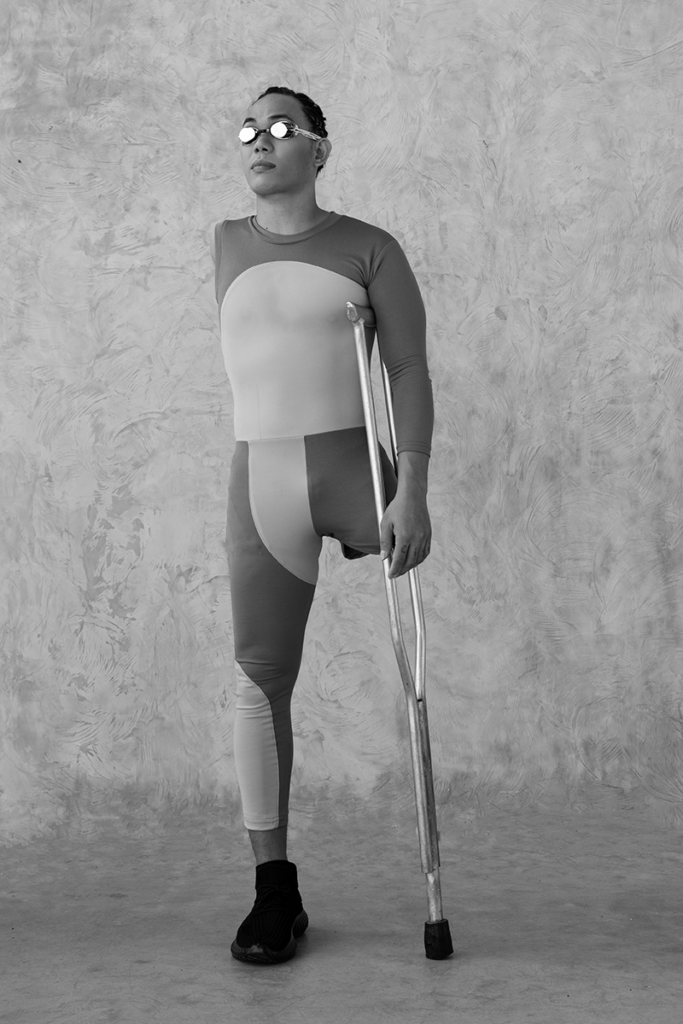
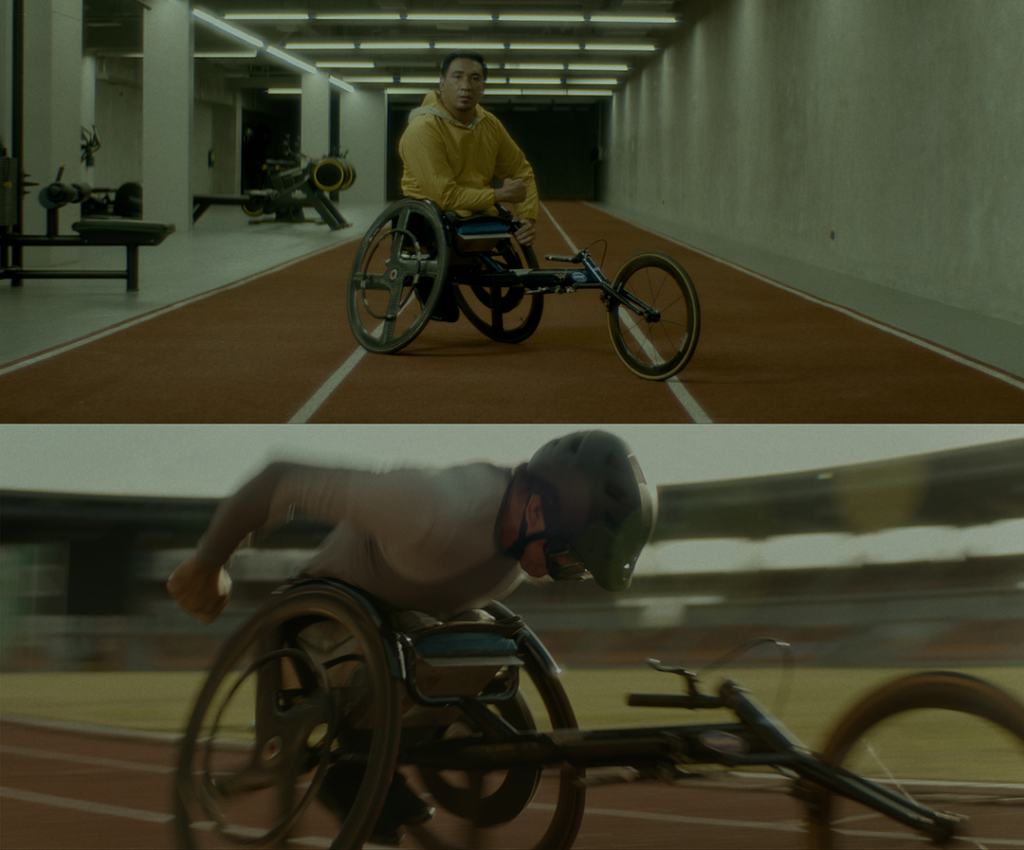
About working with JFM once more, Jerome said “I was very happy and really waiting for it to happen. I believe that every decade there is a cycle, and it came full circle. The best thing about it is it’s the same person who helped me the first time! It was already Ben (SUZUKI Ben, director of JFM) twelve years ago and after twelve years it was also Ben! That’s why I’m so happy!”
It’s fulfilling to know that JFM has contributed to the fashion landscape of the Philippines. After his groundbreaking win in Tokyo in 2010, Jerome continued to win many awards, achieving many accolades both for him personally, and as a representative of Philippine fashion around the world. “JFM has been a big part of not just my career but of me as a person. It wasn’t just Tokyo and Japan that inspired me to win but it was also the Japan Foundation and the people who work there.”
See Jerome’s designs in SULONG, a three-part fashion film about the Legacy of the 2020 Tokyo Paralympic Games here.
SULONG – Legacy of Tokyo 2020 Paralympic Games is supported by JTI.



